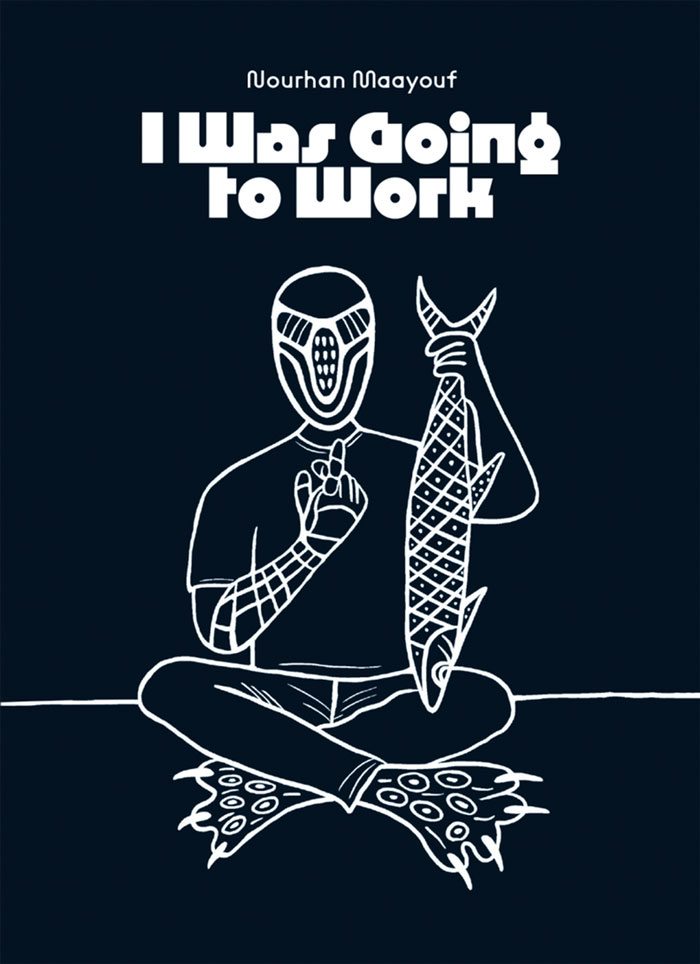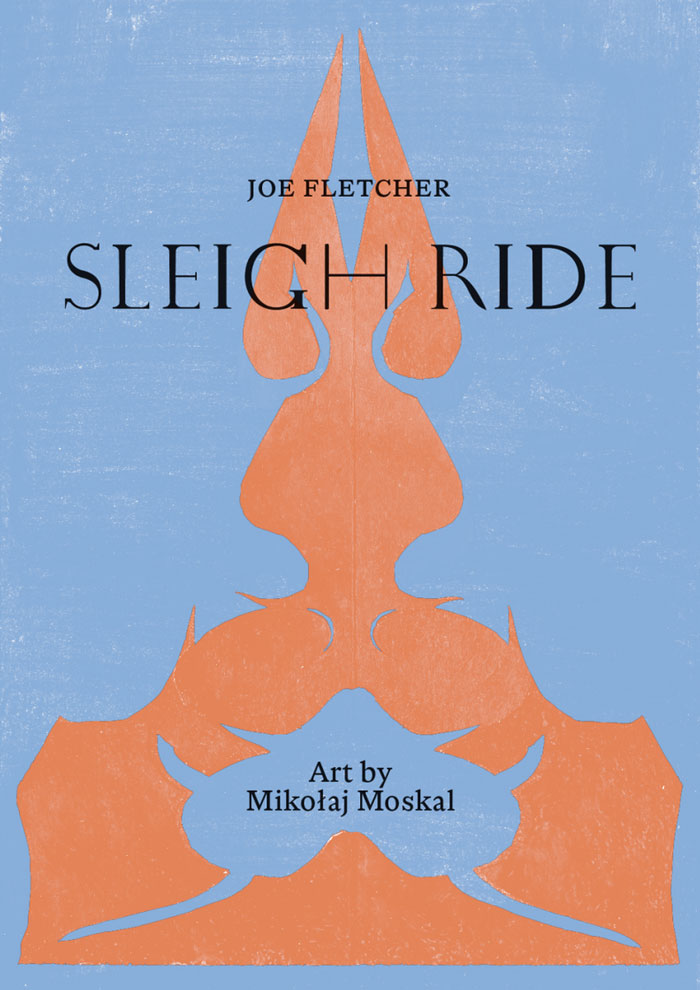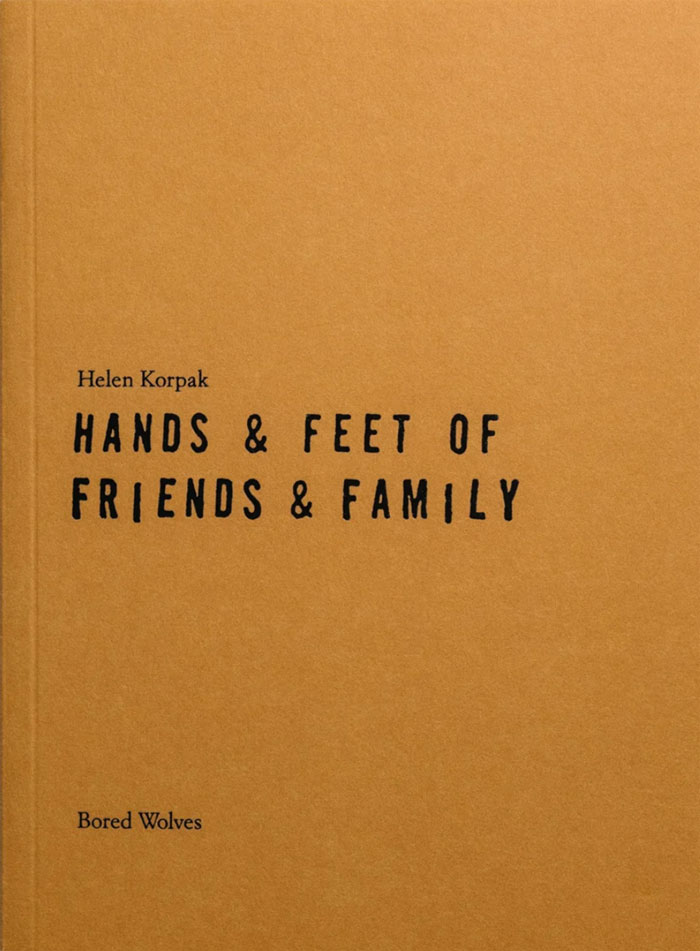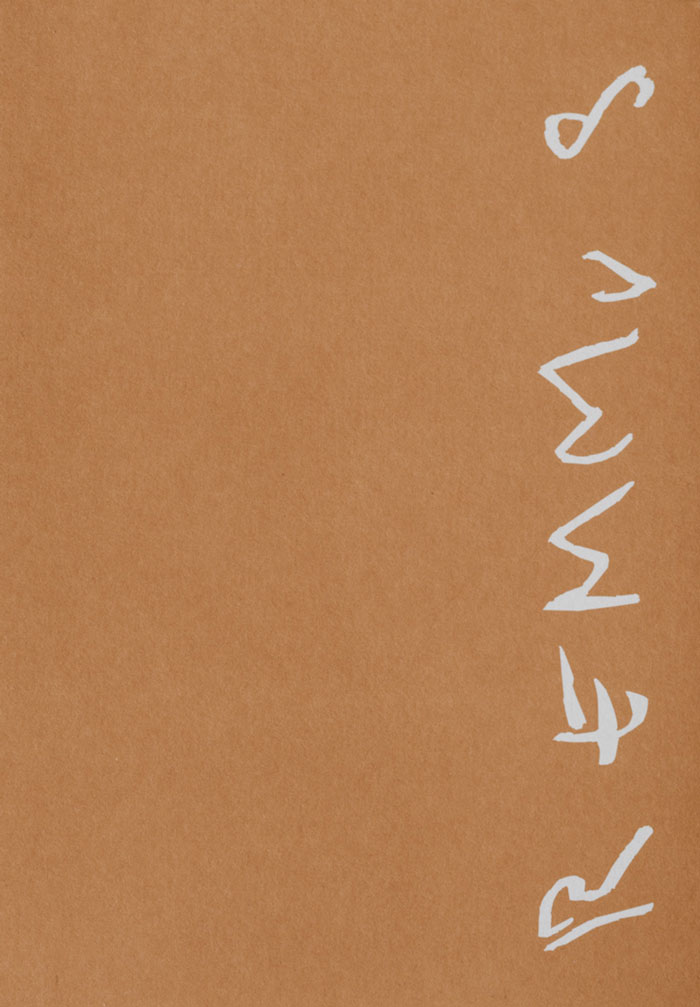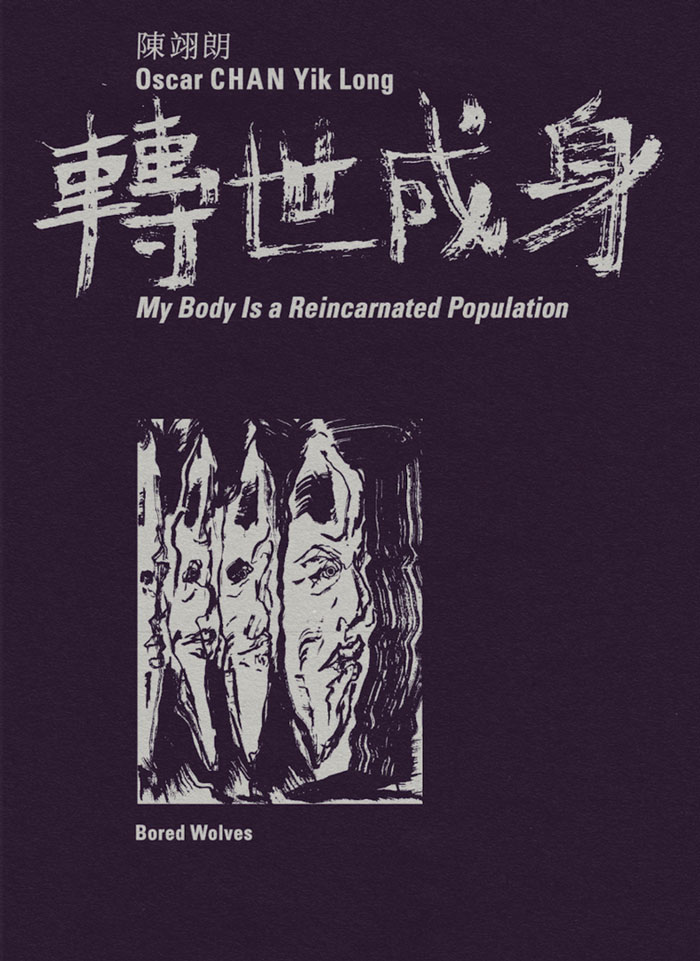Heart. Compass, radar detector. Lost and anxious. Parents divorce. Respect the rhythm. Fallen angels, now my stomach is all butterflies.
In his artist’s book My Body Is a Reincarnated Population, Helsinki-based Hong Kong artist Oscar CHAN Yik Long (Melted Stars) embraces the pantheon of reincarnated souls embedded within him through ink-and-wash paintings and distilled capsule texts.
His process was guided by the rolls of a die used to connect individuals he has known and encountered in past lives—parents and siblings, relatives and ancestors, friends and enemies, lovers—to his present-life body. Who formed his throat? Who grew into his tongue? Who paired as lungs? Who became skin, muscle, bone, or blood?
The artist’s efforts were ultimately about a form of spiritual atonement in pursuit of physiological harmony for a body facing numerous afflictions: “Through my artwork, I wanted to let the people within me know that, regardless of the tragedies or conflicts that divided us in the past, I have come to terms with everything that happened between us. I sincerely apologize, I express gratitude, I forgive and send love.”

